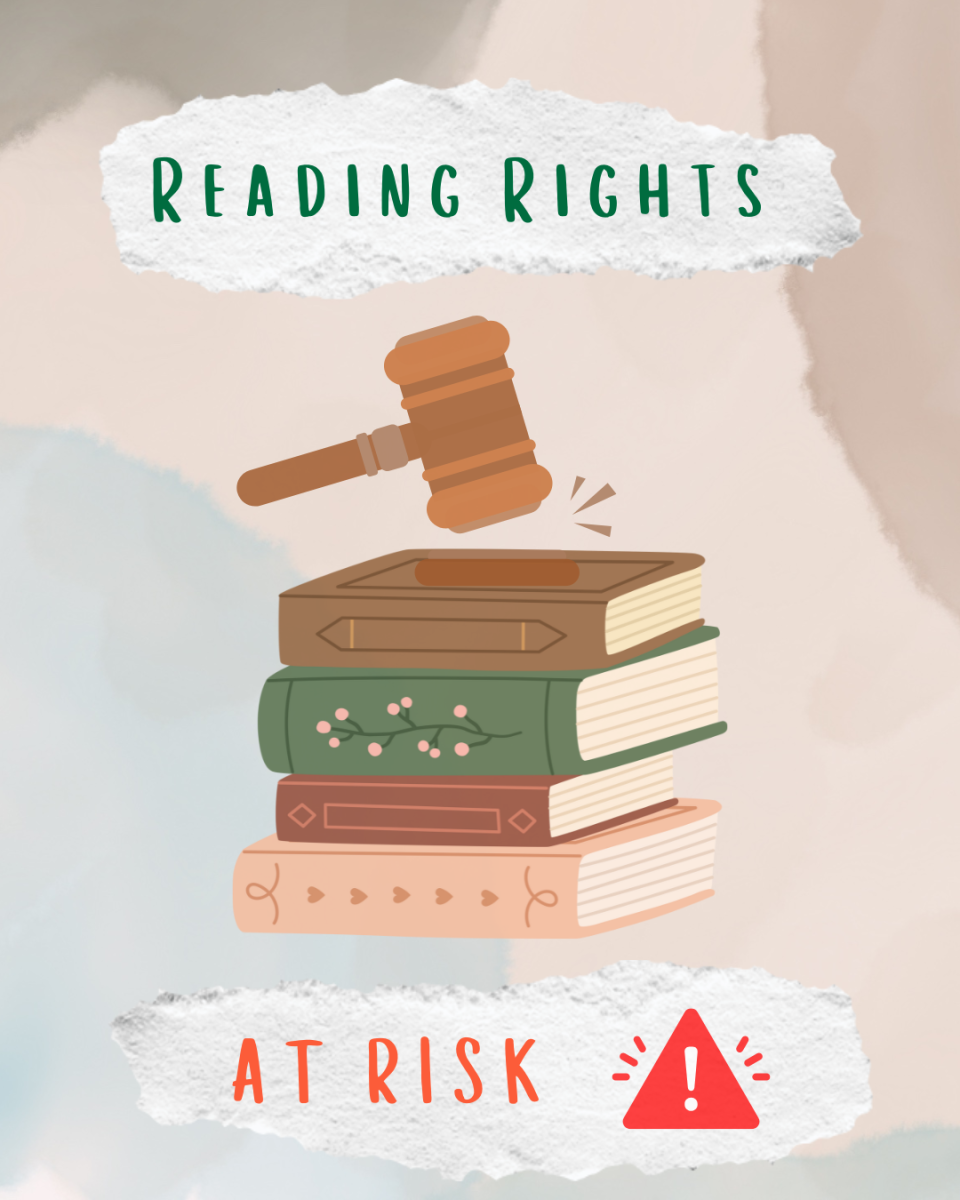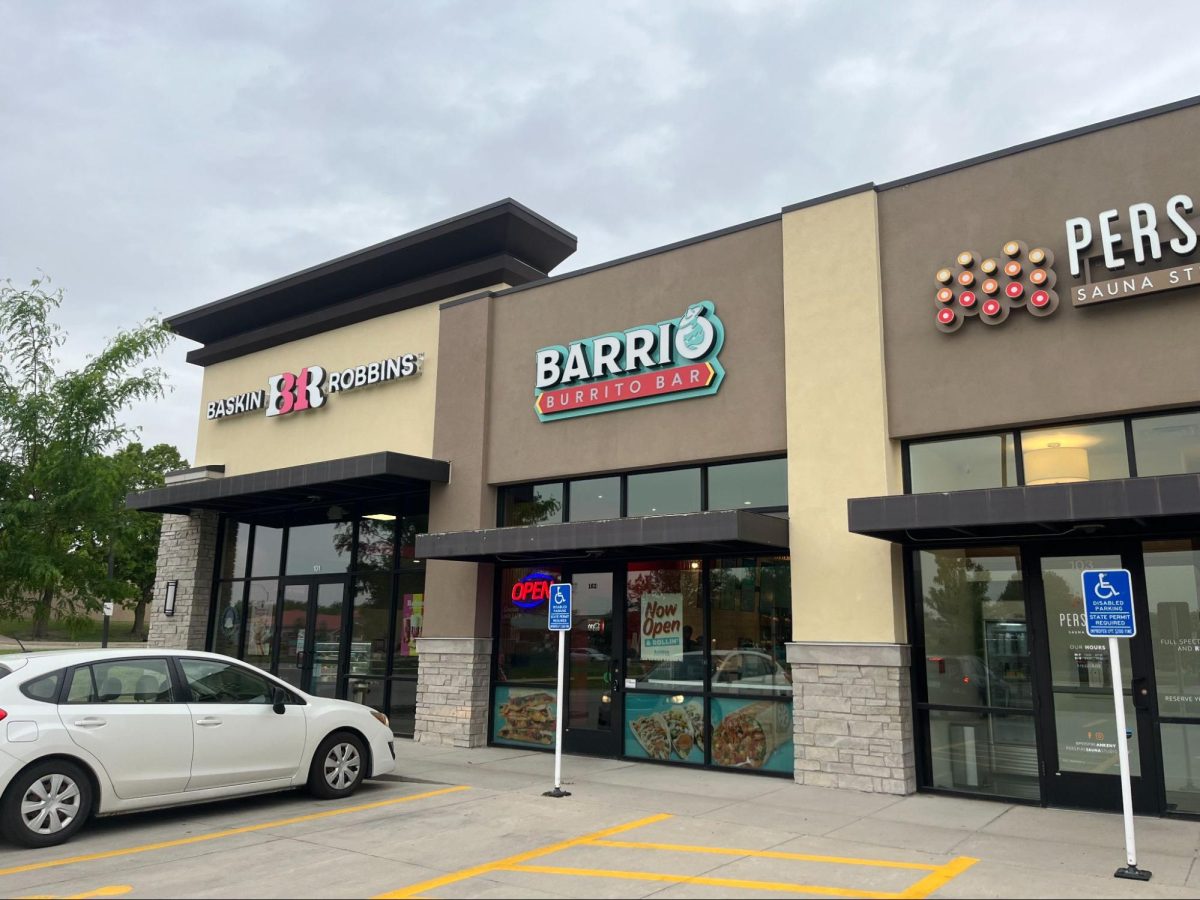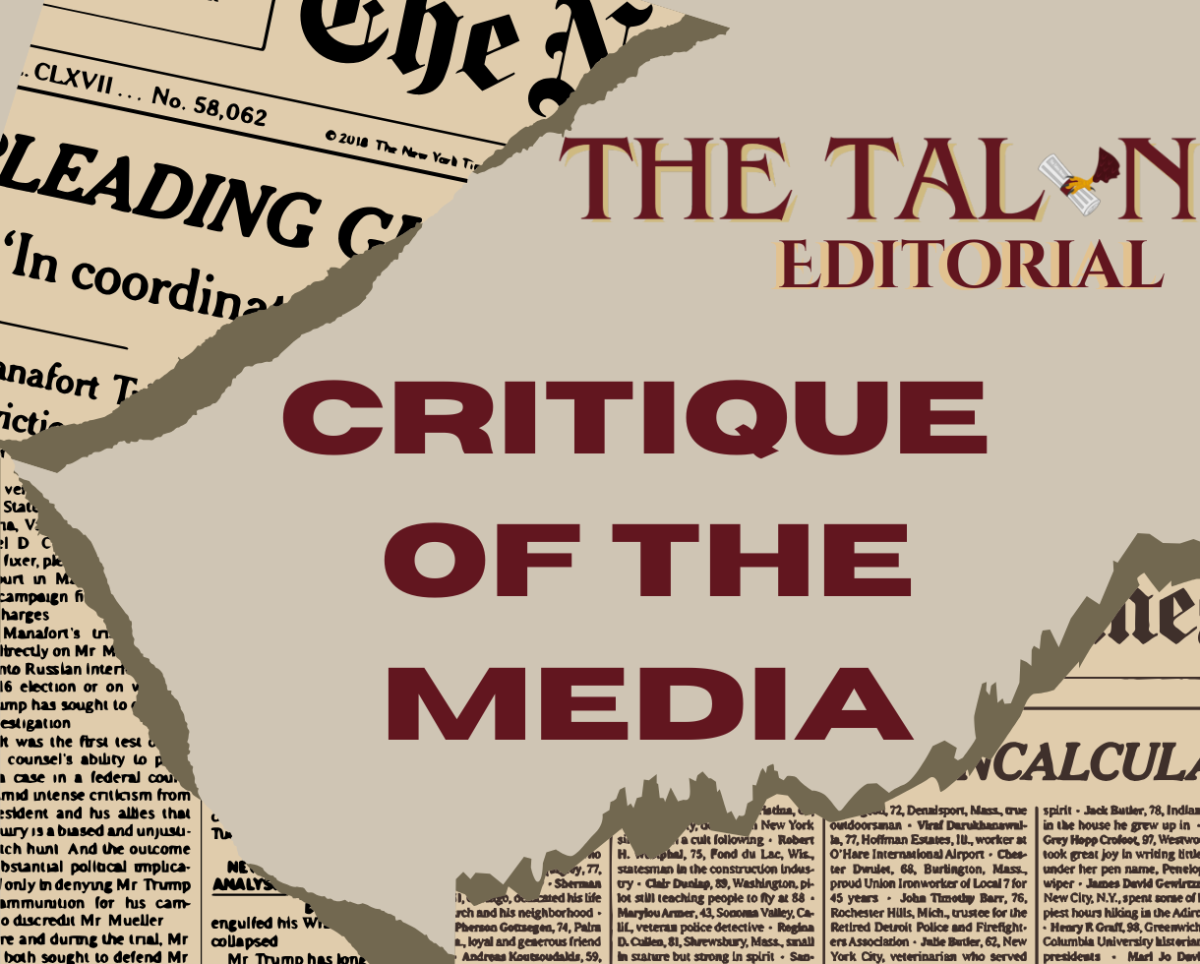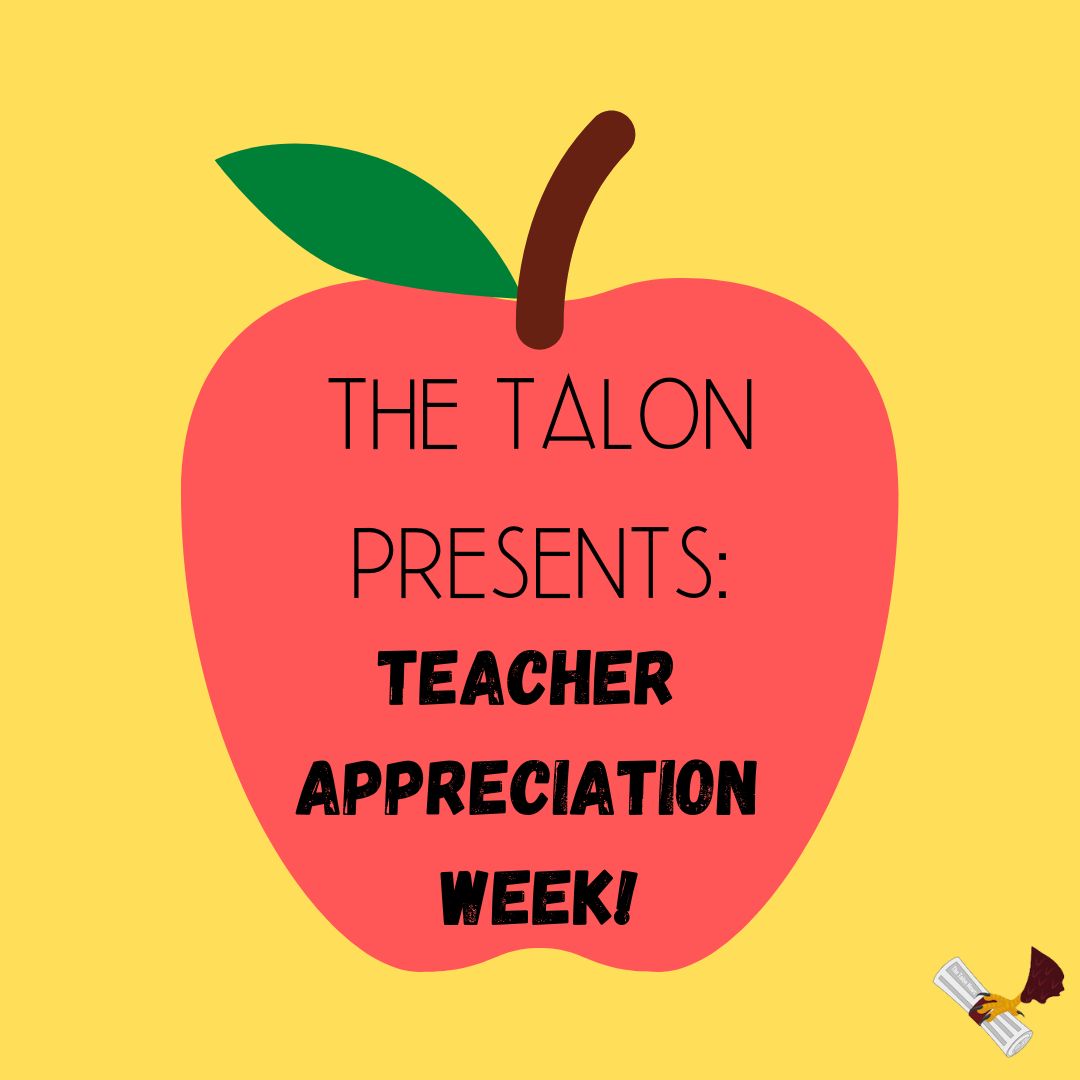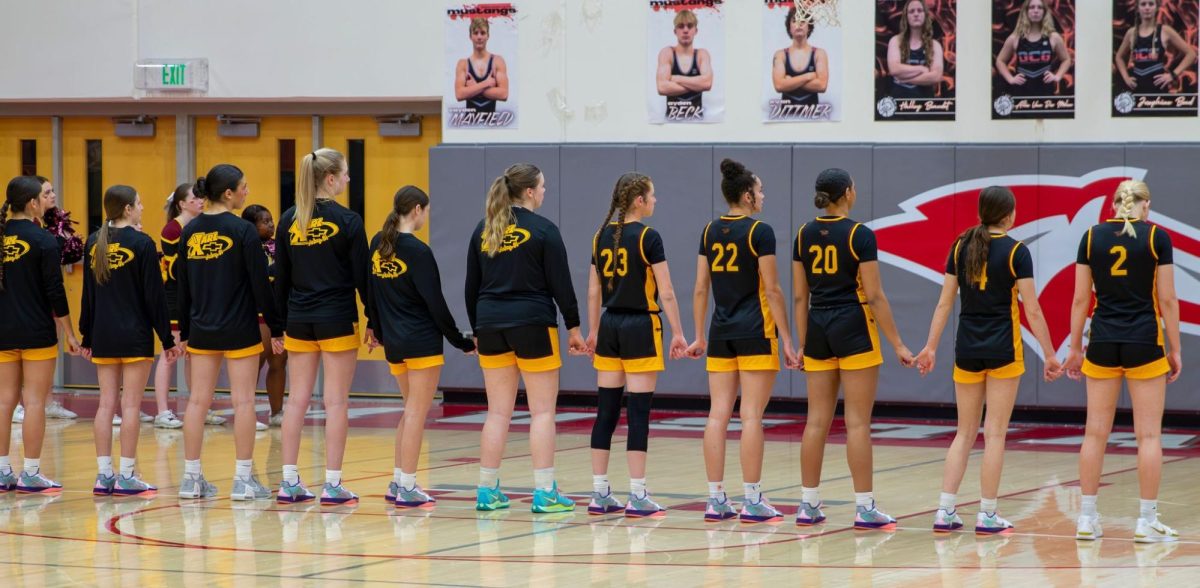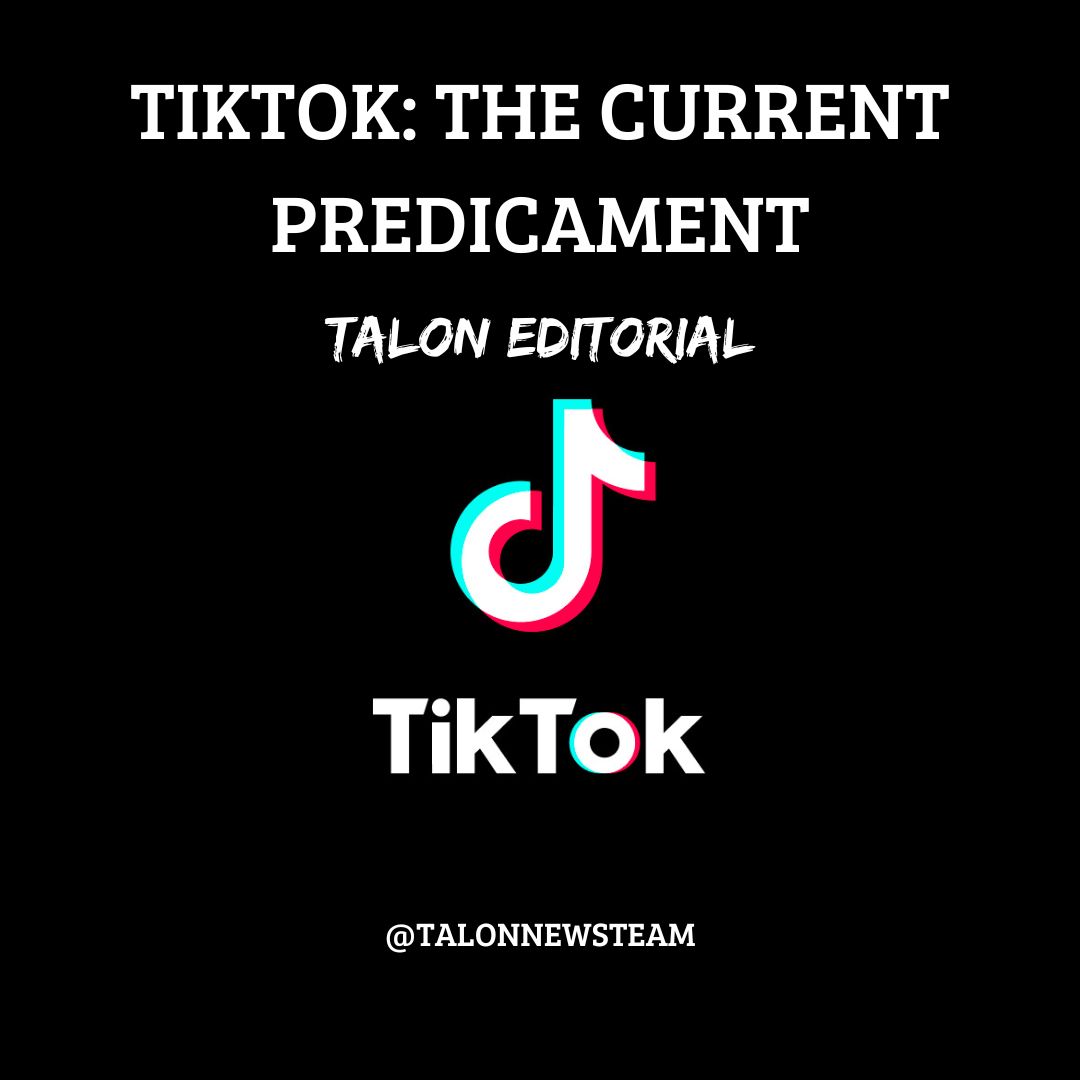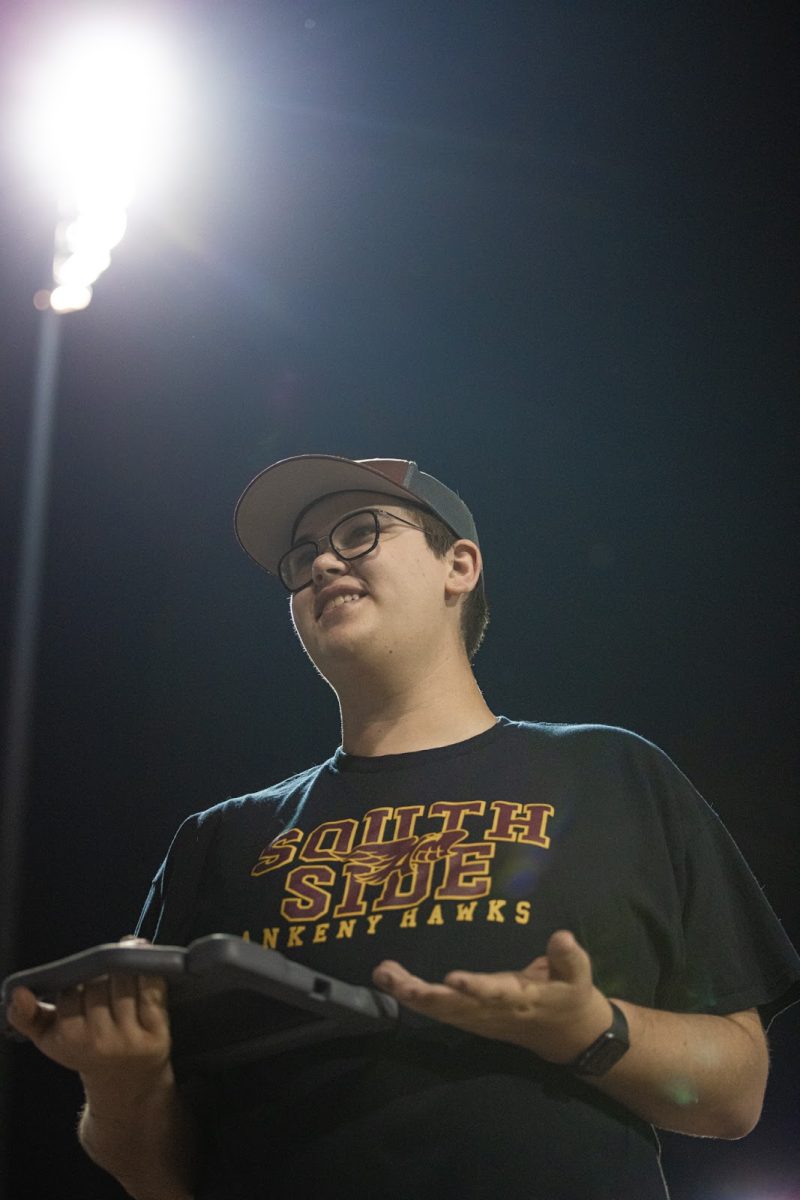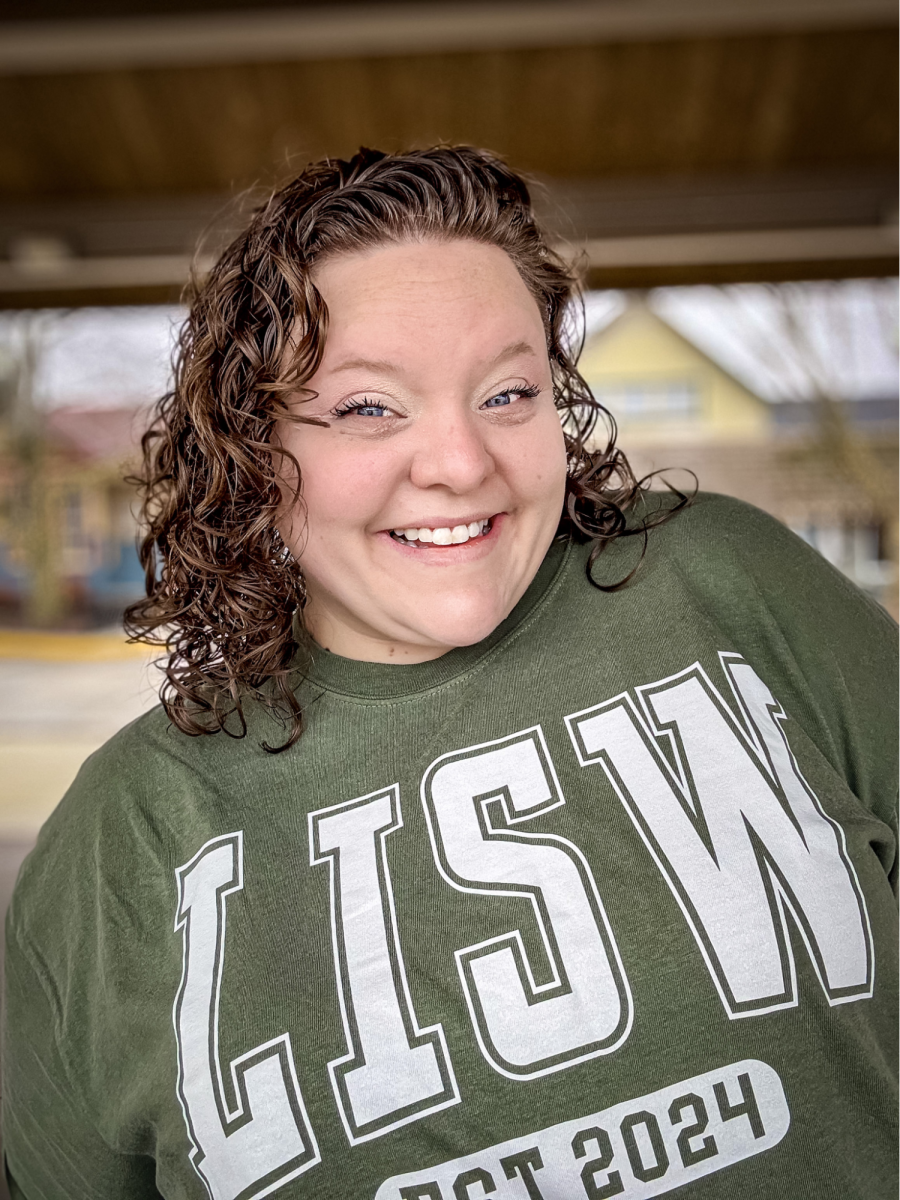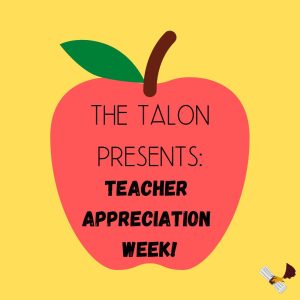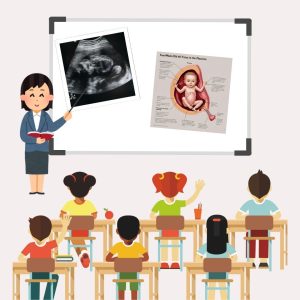‘This is a five year plan, and this is only year one’
This year of Ankeny Schools’ strategic plan
Art by Noa Jones using Procreate
The Ankeny Community School District’s current strategic plan, which outlines the district’s operations from 2022 to 2027, is divided into three pillars, each representing a set of goals relating to a different part of the education process. The first focuses on preparing students for success after high school, the second focuses on effective teachers, building leadership, and other staff throughout the district, and the third focuses on providing students with a learning environment that enhances education.
November 21, 2022
Ankeny Community School District’s new five-year strategic plan begins implementation this school year, and is intended to guide district-wide improvements in various areas. The strategic plan can be broken down into three pillars that contain various guidelines related to students, staff, and the learning environment, and is intended to interact with the diversity, equity, and inclusion(DEI) framework, facility master plan, and other district programs in order to achieve the goals it sets.
Led by Superintendent Dr. Erick Pruitt after he assumed his position in July 2021, one core team and seven specialized teams of staff, students, parents, and community members worked to create the new strategic plan throughout the duration of last school year, following the end of the previous strategic plan. The DEI, the graduate profile, which outlines qualities a graduate of Ankeny schools should have according to the district, and the facility master plan, which outlines Ankeny Community School District’s facility construction, renovation, and overall development, are planned to work in conjunction with these pillars to fully implement this iteration of the strategic plan. This year is intended to focus on data collection and further planning, assessment of current facilities and needs within the school district, and beginning and continued implementation of some changes to the district.
“A clear message that I want to send is that the purpose of the strategic plan is to organize and achieve the district’s mission,” Dr. Pruitt said. “This is a five year plan, and this is only year one. Within the three different pillars, the level of implementation will be different.”
Pillar 1 focuses on students, including post-secondary planning, curriculum review, development of asynchronous learning formats, challenge-based and student-driven learning, and implementation of a tiered support system for students and the Leader in Me strategies, which are based on the Collaborative for Academic, Social, and Emotional Learning, or CASEL, guidelines.
“I want to make sure that no matter who the student is and where they come from, that we begin to work with them before high school, asking questions like what their interests are and what they want to do,” Dr. Pruitt said. “Our goal is for every student to have a complete post-secondary plan by the time they graduate, and that they understand that that plan can still change.”
Post-secondary planning refers to what students plan to do after graduating high school, including college, working, going to trade school, or any other options they may have.
“The district has done a great job sending students to four-year universities, but the district also does a great job partnering with DMACC for kids who don’t want to go to four-year college and universities,” Dr. Pruitt said. “We also want to have kids in skill trades, CTE programs, and we’ve been partnering with DMACC but also with the government and the state for what jobs will be available in three, five, ten, fifteen years.”
As with other parts of the strategic plan, post-secondary planning is still being developed. The district has hired a post-secondary planning expert “to identify and make more clear what post-secondary plans should look like,” Dr. Pruitt said. “The district has also hired a college and career transition counselor (CCTC )- to “help students who don’t know what their plan might be. For existing seniors, existing juniors, they can also go to the CCTC to help identify a pathway for them.”
The district also plans to continue implementing social-emotional learning (SEL) systems, including a tiered support system for students that can address student needs at a universal level (tier 1), specific groups of students (tier 2), or individual students (tier 3). Leader in Me, also known as “7 habits”, is a system intended to develop leadership skills, trust, and academic success, and is a tier 1 system for grades k-6; in grades 6-12, it will be referred to as Lead and work in conjunction with post-secondary planning and development of life skills.
“I want that academic success, but I also want the whole child to be educated, so that’s what that pillar is looking at. The academic side, the social-emotional side, how are we equipping students with those necessary skills,” school board member Amy Tagliareni, who along with Dr. Pruitt was on the core development team, said.
Where pillar 1 focuses on developing students, pillar 2 focuses on developing staff leadership and effectiveness.
“Looking at those three pillars, looking at our staffing, and making sure we’re going in the right direction with staffing, for everywhere from where are we looking for staff, where are we trying to find staff, what does their onboarding look like, what does retention look like, salaries… everything,” Tagliareni said.
Pillar 3 of the strategic plan focuses on the learning environment, including the building construction, renovation, and maintenance; technology improvements, which will see audits every other year, with building audits on the other years, SEL facilities, and mental health services.
“We want everything we do to be high quality,” Pruitt said. “How do we develop the tool, how do we get the tool to look at, to measure, to improve leadership, to improve structural effectiveness.”
A new elementary school feeding into the North side school system is currently being constructed, and the school district is reconsidering grade level transitions- the layout of different grade levels across different buildings- in addition to considering other infrastructural needs.
“There’s talk starting now about a third high school, and we’re going to need a third high school in the next decade and what does that look like, and we’re starting to have talks about all the transitions that you all went through, from fifth grade into sixth grade, that you’ve gone through four buildings by the time you’ve graduated, what has that affected,” Tagliareni said.
Currently, the district is using data it has collected from staff, students, and community members to inform its decisions, and Dr. Pruitt stated that each building is responsible for its own data collection.
“It’s [the strategic plan] going to be some goals, some things we can measure as a district, so it’s looking at that data and continuing to make decisions to meet our goals, to exceed our goals, if there’s an area where the districts not doing as well and focusing on that, so there’s going to be a lot of data that’s going to be provided through the strategic plan too that’s going to add to that decision making,” school board member Joy Burk said.
Each pillar of the strategic plan is seeing different degrees of implementation of the goals they encompass, as the district has different plans for addressing each goal.
“I don’t think you could put an importance on one [pillar] is better than the other because it’s kind of like looking at a three legged stool, if the stool’s going to stand up all three pieces have to be working together,” Burk said. “So if you put more energy into one of those, the stool’s going to be wobbly, so in my opinion I feel like all three of them have equal importance.”
The district is required by law to have a strategic plan in place, and while this is a new plan, Dr. Pruitt wanted to emphasize that it still draws on what the district has already done in order to organize the district’s improvement goals.
“It’s more like we’re adapting our strategy,” Dr. Pruitt said. “Some initiatives were started before this strategic plan, and some initiatives started during the strategic planning process, and we hope to build on them in the future. Everything won’t be achieved in year one.”
School districts in Iowa must all follow the guidelines set by the Iowa Department of Education and develop plans to implement these guidelines.
“Quite honestly, looking at how our state set things up, it’s all about helping students be successful, while they’re in high school and after high school,” AHS Principal Dr. Daniel Johnson said. “They throw their vision out there and we figure out how do we make that work here, in the district and in the buildings.”
Johnson agrees with the goals the district has set for itself over the next five years, and its guiding principle of student success in various areas.
“I would say that whatever vision I have for the school aligns right up with the district plan,” Johnson said. “The district plan is all about providing opportunities for our students to be successful at the next level, so with us trying to implement a multi-tiered system of supports, trying to be intentional and proactive on having students know where they’re going and preparing them to get there is, it’s totally aligning with the district’s strategic plan.”




